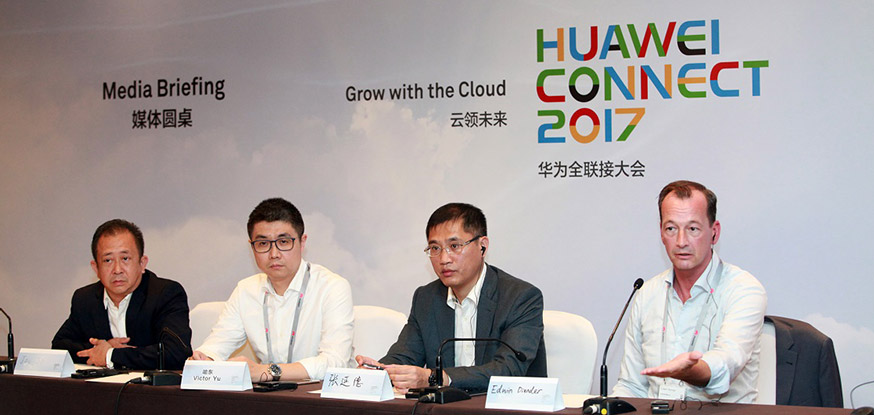Chinese telecommunications conglomerate Huawei has unveiled an ambitious project designed to empower the future development of smart cities at the Smart City Expo World Congress in Barcelona. Huawei has announced that it is aiming to build a 'nervous system' of smart cities by utilizing and infusing new information and communications technology such as Big Data, Internet of Things, Cloud Computing and Artificial Intelligence.
Huawei presented the details of the initiative which was entitled 'Leading ICT, creating a smart city nervous system' at the Global Smart City exhibition which was attended by all the industry's major players. Huawei highlighted how a smart city can fundamentally be just like a 'living organism' that works seamlessly to ensure there is a process of continuous learning which will ultimately enable the enhancement of services in smart cities.
In conjunction with its global partners, the Chinese smartphone vendor demonstrated joint ICT solutions specifically created to connect both the digital and physical worlds across city administration, public services and industrial economies. Huawei has claimed that the development and deployment of these solutions will drive unified coordination, cross-sector collaboration and intelligent analysis for effective management of city services.
Huawei's new concept views a smart city as a brain that can only effectively function through the nervous system. So the city's nervous system comprises of a brain which is the control center, and the peripheral nerves are the network and sensors. This enables the gathering of real-time data about the status of the city, which transmits data allowing the brain to analyze and make informed decisions, which subsequently enables it to deliver feedback commands and carry out intelligent actions.
President of Huawei Enterprise Group, Yan Lida said the new program would create a seamless system that would ultimately empower smart cities. Yan said: "This creates a seamless link between the physical and digital worlds. Leveraging leading new ICT such as cloud computing, IoT and AI, Huawei is committed to creating a strong nervous system that powers smart cities. With our innovations and investment in various technologies, we develop an open platform for smart cities, which is compatible with various devices and supports a wide range of applications."
In addition to this, Huawei also introduced the IOC (Intelligent Operation Center), which is a solution that functions as the brain of a 'smart city' and its fundamental role is connecting both the digital and physical world. The Chinese multinational disclosed that the underlying infrastructure of the IOC comprises distributed cloud data centers and ubiquitous city networks that collect, integrate and share city information, enabling real-time visibility of the city. The IOC uses an integrated communications platform (ICP) that enables intelligent collaboration across city functions and emergency dispatch of all services. By utilizing big data, machine learning and AI technologies, the IOC delivers valuable insights to facilitate city planning and management of vital services such as transportation and security.
According to Huawei, becoming a smart city involves the digital transformation of a particular city to address the challenges it faces in relation to the physical world. This demands data-driven systems that combine management and Internet of Things data to help authorities manage the city and enable the physical and digital worlds to be integrated.

